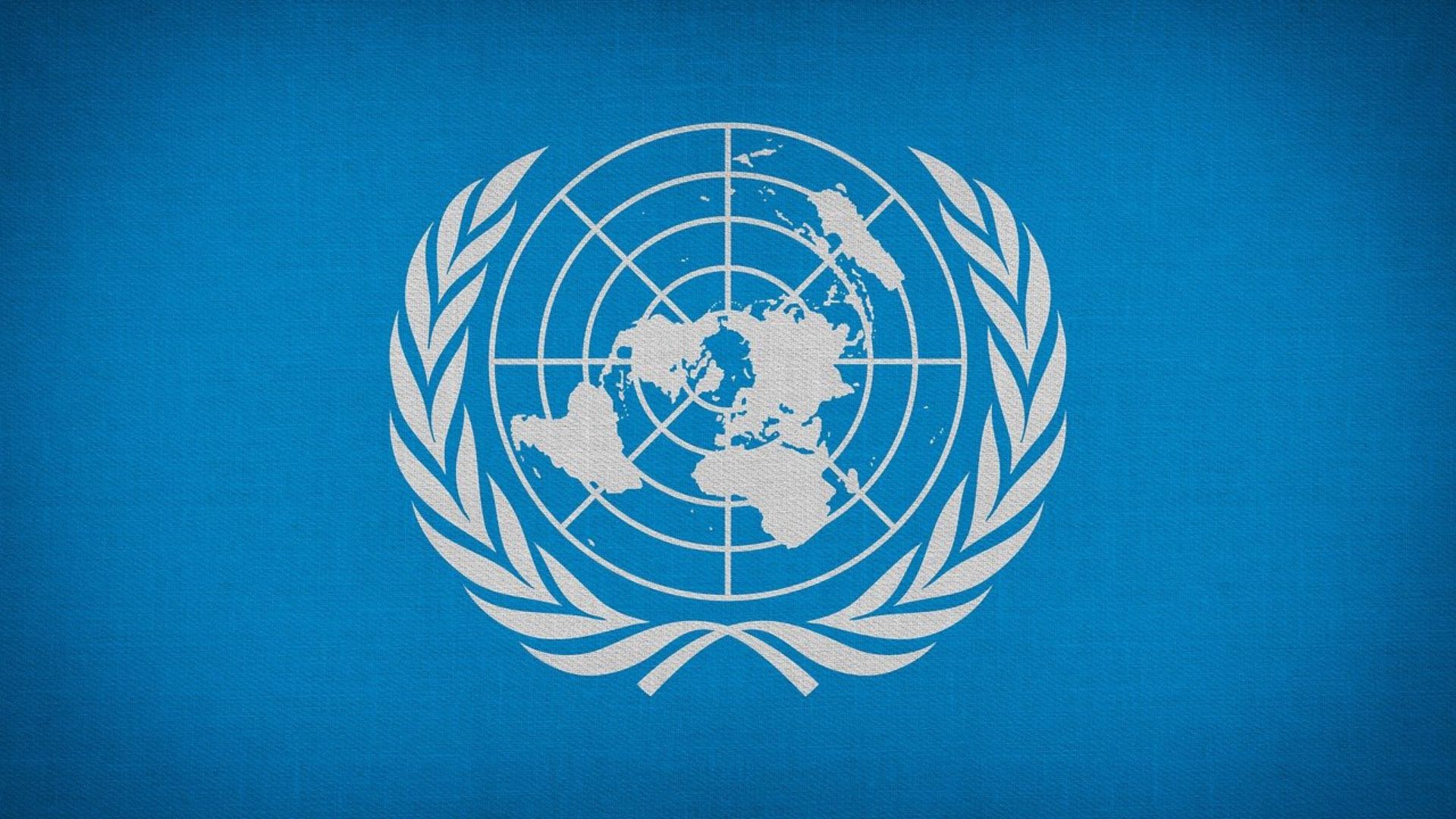International organizations play a critical role in promoting and maintaining world peace by facilitating dialogue, mediating conflicts, and addressing global challenges. As the world becomes increasingly interconnected, these organizations help coordinate international efforts to prevent and resolve conflicts, promote human rights, and foster global cooperation. This article explores how international organizations contribute to world peace, examining their functions, successes, and ongoing challenges.

Functions of Global Entities in Promoting Peace
Facilitating Dialogue and Cooperation:
- Explanation: International organizations provide platforms for member states to engage in dialogue, build relationships, and cooperate on various issues. These forums allow countries to discuss their differences and seek common ground.
- Impact: By fostering communication and collaboration, international organizations help prevent conflicts and promote mutual understanding among nations.
Examples:
- Case Study: The United Nations (UN) General Assembly serves as a global forum where member states can debate issues, share perspectives, and work towards collective solutions.
Mediating Conflicts:
- Explanation: International organizations often act as mediators in conflicts between states or within states. They use diplomatic tools, offer neutral ground, and facilitate negotiations to resolve disputes.
- Impact: Mediation efforts can de-escalate tensions, create agreements, and contribute to long-term peace and stability.
Examples:
- Case Study: The UN’s mediation efforts in the Cyprus conflict involved facilitating negotiations between the Greek and Turkish Cypriots to achieve a peace settlement.
Providing Humanitarian Aid and Support:
- Explanation: International organizations deliver humanitarian aid and support to conflict-affected regions, helping to alleviate suffering and address urgent needs. They provide food, medical care, and shelter to those in need.
- Impact: Humanitarian assistance helps stabilize regions affected by conflict, rebuild communities, and support peacebuilding efforts.
Examples:
- Case Study: The International Committee of the Red Cross (ICRC) provides humanitarian aid to conflict zones worldwide, such as in Syria and Yemen, assisting affected populations.
Successes of International Organizations in Peacekeeping
Peacekeeping Missions:
- Explanation: Peacekeeping missions involve deploying international personnel to conflict zones to maintain peace and security. These missions often include military, police, and civilian components working together to stabilize regions.
- Impact: Peacekeeping missions help reduce violence, protect civilians, and support the implementation of peace agreements.
Examples:
- Case Study: The UN peacekeeping mission in Rwanda played a crucial role in protecting civilians and supporting humanitarian efforts during the 1994 genocide.
Conflict Prevention and Early Warning Systems:
- Explanation: International organizations develop early warning systems to detect signs of potential conflict and intervene before violence erupts. They use data, analysis, and monitoring to anticipate and address emerging crises.
- Impact: Early intervention can prevent conflicts from escalating and reduce the likelihood of violence.
Examples:
- Case Study: The UN Office for the Coordination of Humanitarian Affairs (OCHA) uses early warning systems to monitor and respond to humanitarian crises before they escalate into full-blown conflicts.
Promoting Disarmament and Non-Proliferation:
- Explanation: International organizations work to promote disarmament and non-proliferation of weapons, including nuclear, chemical, and biological weapons. They negotiate treaties and agreements to reduce arms and prevent their spread.
- Impact: Disarmament efforts contribute to global security and reduce the risk of armed conflict.
Examples:
- Case Study: The Treaty on the Non-Proliferation of Nuclear Weapons (NPT), facilitated by the UN, aims to prevent the spread of nuclear weapons and promote disarmament.
Challenges Facing Global Institutions in Peace Efforts
Political Constraints and Member State Interests:
- Explanation: International organizations often face challenges due to the political interests and constraints of member states. Member states may have conflicting interests or be reluctant to fully commit to peace initiatives.
- Impact: Political constraints can limit the effectiveness and impact of international organizations’ peace efforts.
Examples:
- Case Study: The UN Security Council’s inability to resolve conflicts such as the Syrian civil war illustrates how political disagreements among member states can hinder peacekeeping efforts.
Resource Limitations:
- Explanation: International organizations may face limitations in resources, including funding, personnel, and logistical support. These limitations can affect their ability to carry out peacekeeping and humanitarian missions effectively.
- Impact: Insufficient resources can hinder the ability to respond to crises and achieve desired outcomes.
Examples:
- Case Study: Budget constraints faced by UN peacekeeping missions can impact their operational capabilities and effectiveness in conflict zones.
Complexity of Global Conflicts:
- Explanation: Modern conflicts are often complex and involve multiple actors, including state and non-state entities. Addressing these complex dynamics requires comprehensive and coordinated approaches.
- Impact: The complexity of conflicts can make it challenging for international organizations to develop and implement effective peace strategies.
Examples:
- Case Study: The ongoing conflict in Yemen involves various regional and international actors, complicating efforts by international organizations to mediate and provide assistance.
Future Directions for International Organizations in Peacebuilding
Enhancing Multilateral Cooperation:
- Explanation: Strengthening cooperation among international organizations, member states, and other stakeholders can enhance the effectiveness of peacebuilding efforts. Collaborative approaches can address complex global challenges more effectively.
- Impact: Enhanced multilateral cooperation can lead to more comprehensive and coordinated peacebuilding strategies.
Examples:
- Case Study: The Global Compact for Migration, supported by multiple international organizations, demonstrates how collaborative efforts can address complex issues like migration and displacement.
Conclusion
Global organizations play a vital role in promoting and maintaining world peace by facilitating dialogue, mediating conflicts, providing humanitarian aid, and supporting peacekeeping missions. While they face challenges such as political constraints, resource limitations, and the complexity of global conflicts, they also offer opportunities for enhanced cooperation, technological innovation, and local engagement. As the world continues to evolve, international organizations will remain crucial in addressing global challenges and fostering a more peaceful and stable world.

